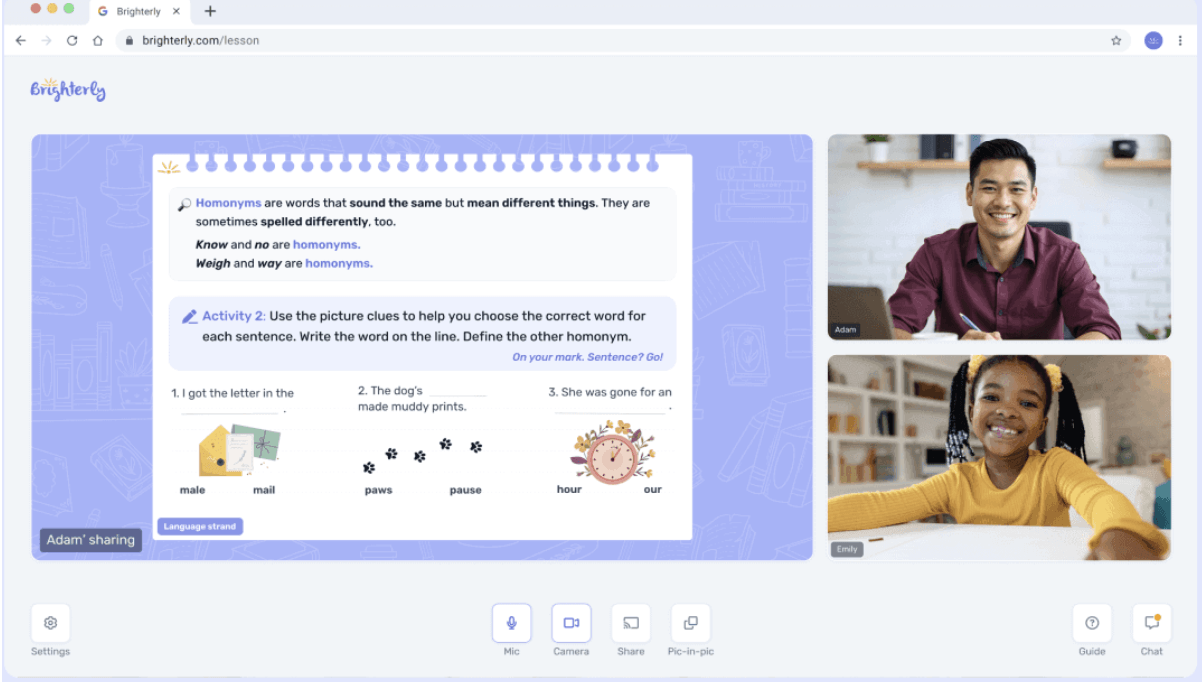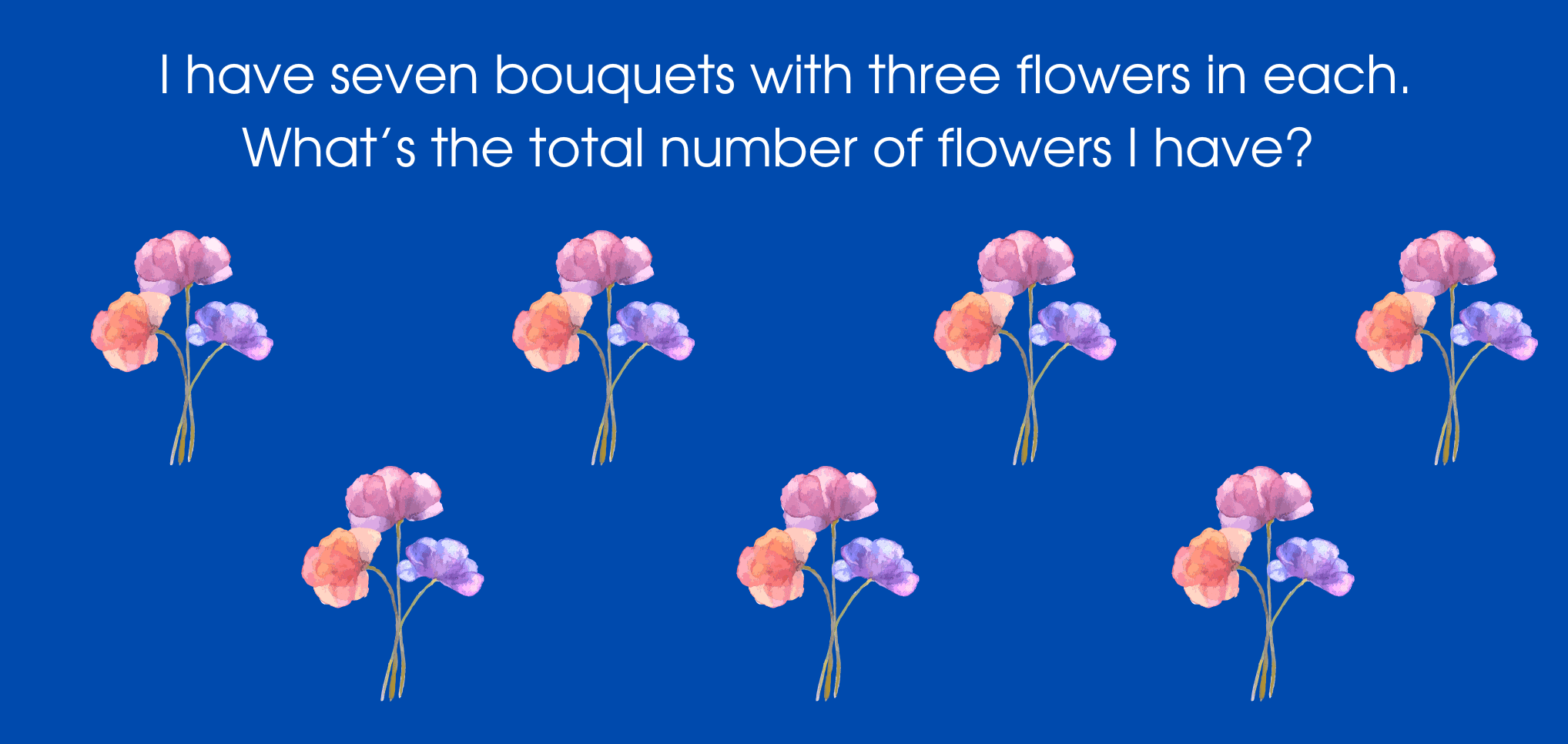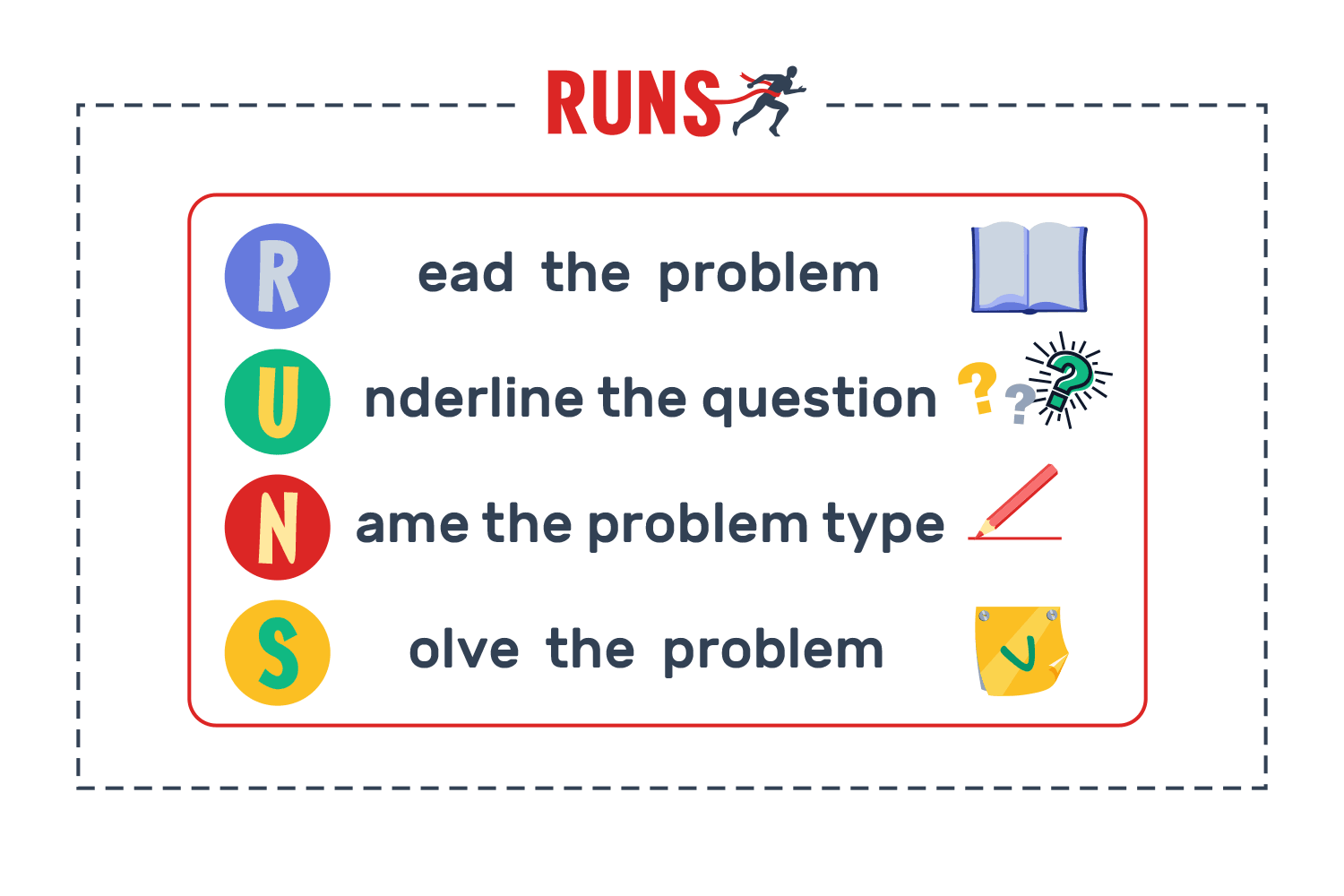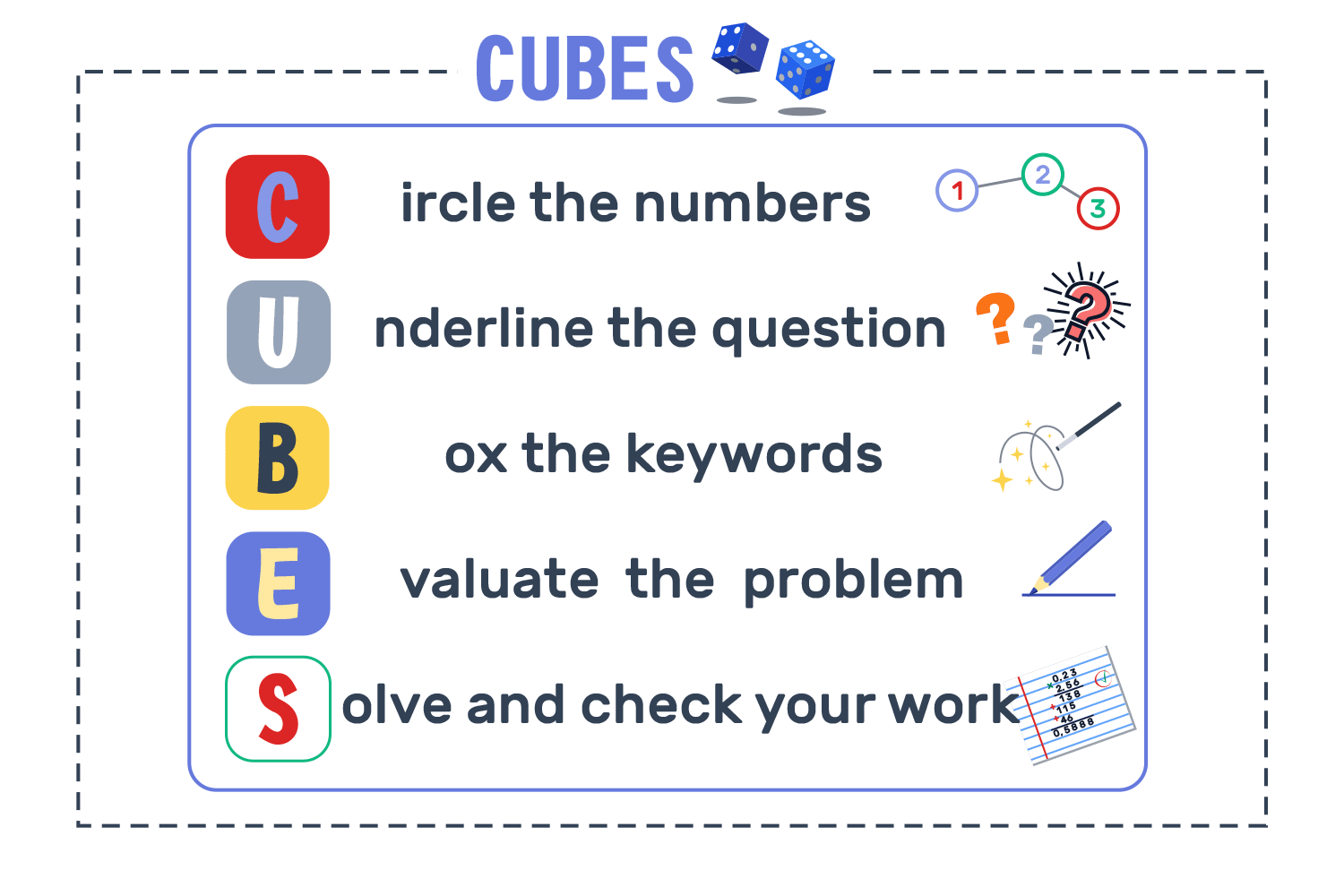15 Strategies for Problem-Solving in Math
reviewed by Jo-ann Caballes
Updated on January 9, 2026
Mathematical problem solving skills are the core instrument that will help kids in school and in their day-to-day life. But what if your child has yet to develop them? No worries! I’m a math tutor with years of experience, and today I will walk you through the 15 most effective math problem solving strategies with examples.
Key Points
- PDF worksheets with math strategies for problem solving work well for kids of all ages.
- Strategies like summarizing the problem, reading tasks out loud, and trying to rewrite word assignments with numbers work for children in elementary classes.
- If you have a kid in grades 5 to 8, these problem solving strategies in mathematics can be most beneficial for them: solving a problem according to a steady flow with clearly defined steps, spotting patterns, and breaking them down into lists or tables.
- If your child has yet to develop problem solving skills in math, individual lessons with a tutor can prove of much effective for them.
What are problem-solving strategies in math?
The strategies for math problem solving are specific methods students can use to solve mathematical problems and related tasks. Simply put, it’s the whole course of action a child takes from the moment they first encounter a problem until they develop a final solution for it.
Note: It may seem like problem-solving strategies are for in-class use only. In reality, these skills help students think logically, apply reasoning, analyze information, and make decisions in other subjects like reading, science, and real-life situations.
Math problem solving skills examples
- Practicing through games. Math strategies for kids include practicing through games, such as math riddles, mysteries, and puzzles, to boost critical thinking.
- Safe brainstorming. According to research by the University of Missouri, children encouraged to express their ideas are overall braver and more creative in problem solving.
- Experimenting with solutions. With this technique, kids learn to apply their past knowledge to the current problem, even if it’s not the regular approach to solving it.
- Real-life application. Once children get the context for their math problems, they start understanding why they need to acquire specific knowledge.
- Step-by-step approach. Breaking one big problem into several manageable chunks helps develop concrete steps toward a solution.
What are 10 strategies for solving a math problem?
- Use free math problem-solving resources
- Highlight keywords
- Determine the unknown
- Read it aloud
- Make a summary
- Draw a model
- Do it backwards
- Use a formula
- Rewrite a sentence with numbers
- Demonstrate it physically
Math problem solving strategies for elementary students
Problem solving strategy in math #1: Math problem-solving resources
It’s 2026, and students can enjoy a plethora of free and paid online resources, including worksheets, helpful platforms, and math apps. This is especially useful for parents looking for comprehensive extra math practice at home, homeschooling families, and math tutors.
The thing is that those tools commonly offer step-by-step explanations, varied difficulty levels, and real-world applications. Regularly practicing with them gives brilliant results and increases the ability for better strategies to solve math problems.

I’ve tested numerous apps, platforms, and math portals to find resources that are both fun and effective. And although many brands provide worthy resources, I personally go for what’s provided by the Brighterly tutoring platform.
How can Brighterly help your child with math problem solving?
The Brighterly math and reading platform has developed thousands of math worksheets and tests for students in grades 1–9. Here’s what I like the most about them:
- Mathematics problem solving worksheets provide a more interactive way for children to learn through kid-friendly tasks.
- They create a real-world context, thereby increasing kids’ awareness and interest.
- These math worksheets can be used in any setting, both online and offline. All you need to do is go to the Brighterly website, choose the topic you want to practice, and print it (or simply use it on a tablet).
Where do you find them? Here are a couple of links with ready-to-use worksheets:
- Addition Word Problems for Grade 2 Worksheets
- Subtraction Word Problems Worksheets
- Free Brighterly Worksheets for Grades 1 to 9
But while worksheets are ideal for home practice, they can’t substitute a math curriculum. Especially for younger kids, these resources are best explored with a parent or a trained educator.
It’s where I have to highlight that Brighterly is not only about worksheets. Let me tell you what the platform offers in more detail before we move on to other problem solving strategies in mathematics, I listed with examples.
1-on-1 online lessons with math tutors
Brighterly math classes are online 1-on-1 lessons with trained tutors. The platform also offers reading lessons, so students can apply their skills in other subjects as well.

Another thing about Brighterly I find out to be wonderful is the reviews. 85% of parents on Trustpilot leave 5-star reviews and recommend the platform to other parents, which is a rare thing these days.
Note: According to Benjamin Bloom’s study, the “2 Sigma Problem,” learning with an individual tutor is x2 more effective than autonomous knowledge acquisition, as it promises a personalized approach and focus on individual needs.
Moreover, Brighterly curricula are completely aligned with the U.S. state standards. I checked them and was pleasantly surprised that they follow the benchmarks and offer different problem solving strategies without being too rigid or overwhelming for kids.
Note: The school-aligned curriculum is a study plan that matches the school’s progress with at-home studies.
Math problem solving strategy #2: Highlight keywords
Problem solving strategies in math often involve simple actions such as highlighting keywords. This helps students focus on what’s important. In an ideal world, children can get the gist without additional visual representation. However, for early math, highlighting key information can be very useful.
Check out the problem solving math example below.

For example, if your kid’s task is to identify how many things are left, it probably requires subtraction. Kids should be able to determine triggers like it.
Want to explore more tactics for problem solving? I recommend exploring this article: How to solve math word problems?
Math problem solving strategy #3: Determine the unknown
Many strategies for problem solving in math may seem too obvious to parents, like this one, for example. This is not always the case for children, though.
One reason students fail when solving math problems is that they don’t always understand what they’re looking for. So, before jumping to solutions, it’s vital to make sure children identify the unknown in a given math problem.
How to do that? More often than not, a math problem has a question at the end. That’s basically the “unknown” of the task. In the example above, the question “How many apples does she have left?” specifies that students should be researching the number of apples.
Problem solving strategy in math #4: Read it aloud
In my many tears of math tutoring, I’ve always found that reading a problem aloud is really one of the best problem solving strategies.
Reading aloud is not only beneficial for reading practice, but it also helps in math by activating auditory processes. This way, the child has two cognitive processes working for them. Better comprehension = better interpreting the task.
Math problem solving strategy #5: Make a summary
Making a summary as one of the problem solving math strategies is especially beneficial for elementary school children, who are just building basic math skills.
Here’s what to do: ask the student to summarize their math problem out loud. Hard? Try writing it down together. You can follow these simple math problem solving steps:
- Read the problem aloud
- Determine the unknown
- Make a problem summary in written form
- Finally, tell the summary out loud
Note: As shown in a study published in Frontiers in Psychology, working memory significantly contributes to early literacy and numeracy skills.
Problem solving strategy in math #6: Draw a model
Drawing a model is one of my favorite mathematical problem solving strategies, so I commonly use it in my practice! The technique proves to be very effective because it creates a clear picture of what is expressed by words. This way, children can visually comprehend quantities and qualities.
Here’s an example:

In this example, we’re seeing a visual representation of a math problem. Drawing a model like this can help children internalize the task and solve it faster.
Math problem solving strategy #7: Do it backwards
Some kids develop specific problem solving strategies for math, advancing through multiple steps to get the final solution. These are the folks who will find the do-backwards strategy most beneficial. It undermines the idea that the kid should solve a task by taking a potential solution. Then they should move in the opposite direction, clarifying the steps needed to receive it.
Key steps in math problem solving
Here’s a task we will try to solve: Lisa is thinking of a number. If she doubles it and then subtracts 6, she gets 14. What was Lisa’s original number?
Now, here’s the process:
- We start with the final result, which is 14, and work backward
- Lisa got 14 after subtracting 6 → So, we add 6 back: 14 + 6 = 20
- Before that, she doubled her number → So, we divide by 2: 20 ÷ 2 = 10
- Now we know that Lisa’s original number was 10.
Note: The article Best math word problems for kids is for you if you’re looking for word problems to practice with your child.
Problem solving strategy in math #8: Use a formula
Learning formulas, including those for math operations like multiplication or division, is one of the robust strategies for problem solving in mathematics, which should be adopted from the early school years. So, don’t let your child ignore them. Sometimes, simple memorization is enough to ensure their success when solving math tasks at home and during exams.
Note: While suitable for problem solving in mathematics, plane memorization of formulas is often insufficient for success. Instead, kids need a deep understanding of concepts and the reason-result relation.
According to a study discussed on ResearchGate, the knowledge of formulas proves to be less effective if students do not understand their application.
Math problem solving strategy #9: Rewrite a sentence with numbers
Rewriting sentences is another one of those simple but powerful problem solving strategies in math. Ask your child to rewrite sentences into numbers. Check first if they understand the context correctly.
Here’s an example of how to use this strategy in grades 1–5:
Emma has 3 chocolate boxes with 6 chocolates in each. She gives 5 chocolates to a friend. How many chocolates does she have left?
The process:
- Total amount: 3 x 6 = 18
- Chocolates given away: 5
- Chocolates left: 18 – 5 = 13
- Emma has 13 chocolates left.
Math problem solving strategy #10: Demonstrate it physically
Problem solving strategies in mathematics involve not only visual demonstration, but physical, too. What I mean is to act out the problem by moving around and using manipulatives like blocks and other resources.
This approach works because kids move to a more active concept internalization and see mechanics towards it.
Note: The research published in the World Transactions on Engineering and Technology Education specifies that students’ mathematical problem-solving abilities improved by 68.8% after implementing a game-based approach like the one we discussed above.
5 math problem solving strategies for middle school
- 4 steps for problem solving in math
- 5 steps in problem-solving in mathematics
- Spotting a pattern
- Completing the table
- Making a list
Ways to solve math problems [Details]
Math problem solving strategy #1: 4 steps for problem solving in math
The 4-step approach allows you to break down any math problem into manageable chunks. By having more minor phases to address, you and your kid can stay on track and address them more effectively.
What are the 4 steps for problem-solving in math?
- Reading the problem to understand what you are dealing with
- Underlining the question for better visual appeal
- Naming the type of the problem
- And actually solving the task
Nowadays, using various acronyms to represent problem-solving techniques is a common practice in teaching. Here’s the one we can use in our case.

Math problem solving strategy #2: 5 steps in problem solving in mathematics
It’s an alternative method to the 4-step approach I’ve just listed. Another benefit of using these strategies is that a child gets exact step-by-step guidance they can follow.
What are the 5 steps in problem-solving in mathematics?
The alternative approach I’m going to present lists the following five steps:
- Finding and circling out each number in the task
- Underlining the task question
- Finding all the keywords and putting them in Boxes
- Evaluating the complexity of the problem and potential solutions
- Solving the math problem

Problem solving strategy in math #3: Spotting a pattern
Any math task follows a specific pattern. Thus, one of the effective problem solving strategies for math grade 6 – 8 is learning to identify the logic behind the task. Over time, a child will develop a set of approaches for solving specific problems. While having particular solution strategies, they will be able to group assignments and get the correct answer more effectively.
Problem solving strategy in math #4: Completing the table
Tables rank among the best strategies in solving math problems. They are quick to organize and handy to use, especially when paired with a board to visualize and break down complex issues. Children can utilize them to structure data and make it more visually comprehensible.
One topic where this approach will be of most help is math ratios. Ratios, which compare two or more quantities, can sometimes be tricky for children. It’s where tables are used to provide logically structured data.
Problem solving strategy in math #5: Making a list
Compiling lists can help kids boost their strategies for solving math problems. This trick works best with complex tasks that allow multiple alternative answers or combinations. The process of listing out possibilities helps children organize their thinking and find patterns.

How to solve math problems: Conclusion
As a math teacher, I’m sure that problem solving skills of your child can be improved in a fun and effective way. All you need are these handy methods. So, here they are again:
- Using curated math worksheets (remember those resources provided by Brighterly?)
- Helping kids internalize the task through visualization and reading assignments out loud
- Highlighting keywords
- Using problem solving strategies like going backwards, demonstrating the tasks physically, or using formulas
- Managing the problem with 4 or 5-step strategies
- And more!
Finally, boosting problem-solving is best with a professional tutor’s guidance. If you feel like it can be supportive for your child right now, book free lesson with Brighterly right now!










![10 Best LMS Platforms for Online Education [2025]](https://brighterly-stage.xyz/wp-content/uploads/2025/08/Best-LMS-Platforms-360x200.png)





